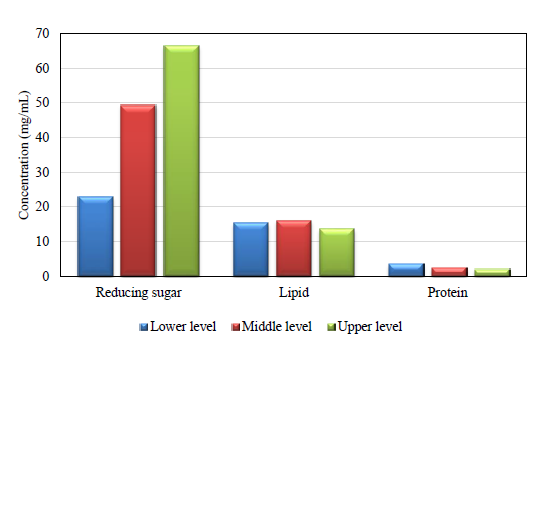Generating Low Lipid and Protein Food Waste Hydrolysate by a Dilute Sulfuric Acid Thermohydrolysis for Biorefinery Applications
Keywords:
Reducing sugar content, Lipid content, Protein content, Biorefinery, Food waste valorizationAbstract
Food waste holds great potential as a sustainable resource for biorefinery applications. Still, its efficient use is hindered by the simultaneous solubilization of lipids and proteins during polysaccharide hydrolysis, which disrupts downstream fermentation processes. This study investigates the use of dilute sulfuric acid thermohydrolysis to produce food waste hydrolysate with high reducing sugar but low lipid and protein content. The initial food waste was ground and dried before undergoing hydrolysis. Thirty grams of dried food waste were mixed with 1500 mg of oil solidifier, then 180 mL of 5% H2SO4 solution added. The mixture was then agitated at 200 rpm and heated to 100°C for 180 minutes. This process resulted in a hydrolysate containing 66.52 mg/mL reducing sugar, 13.66 mg/mL lipid, and 2.02 mg/mL protein. These results demonstrate a viable approach to producing a more fermentation-compatible food waste hydrolysate, contributing to the advancement of sustainable biorefinery technologies and the valorization of food waste as a resource.

